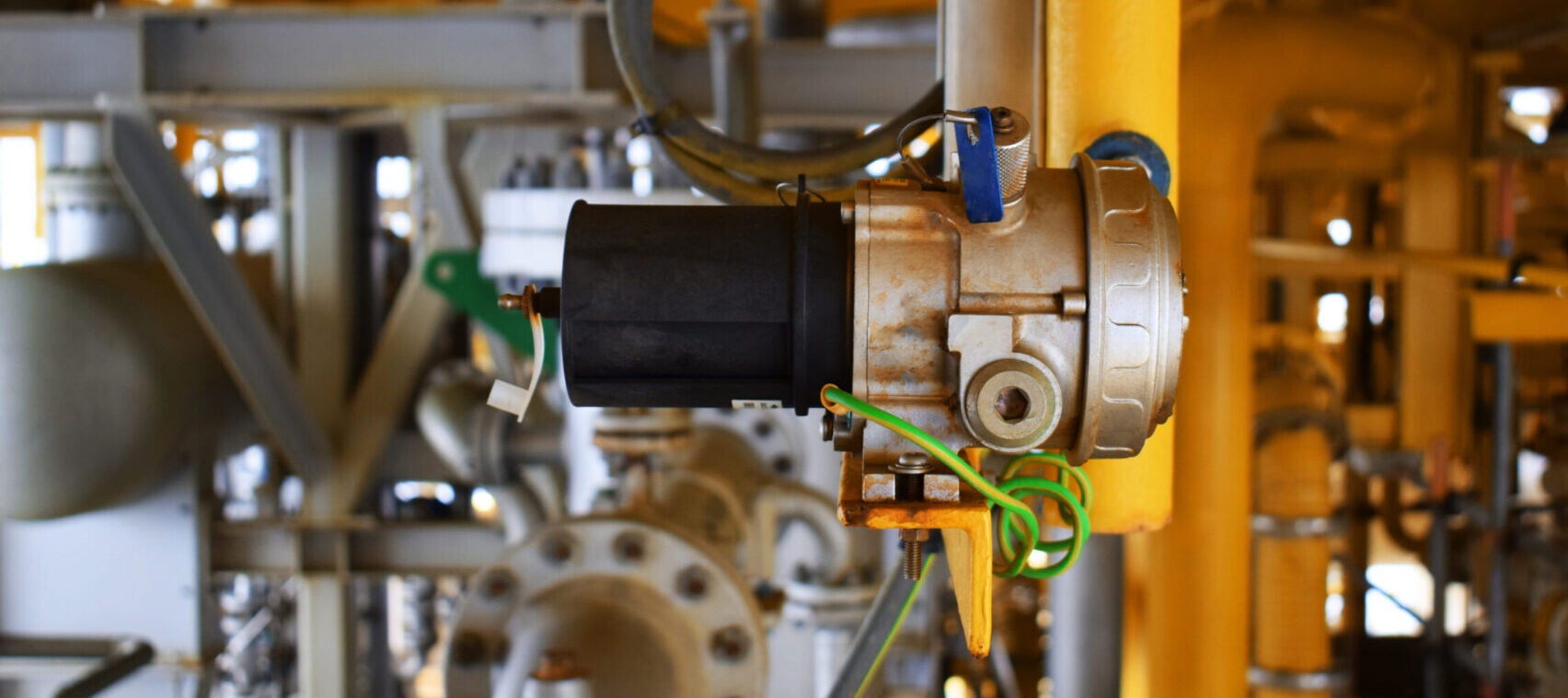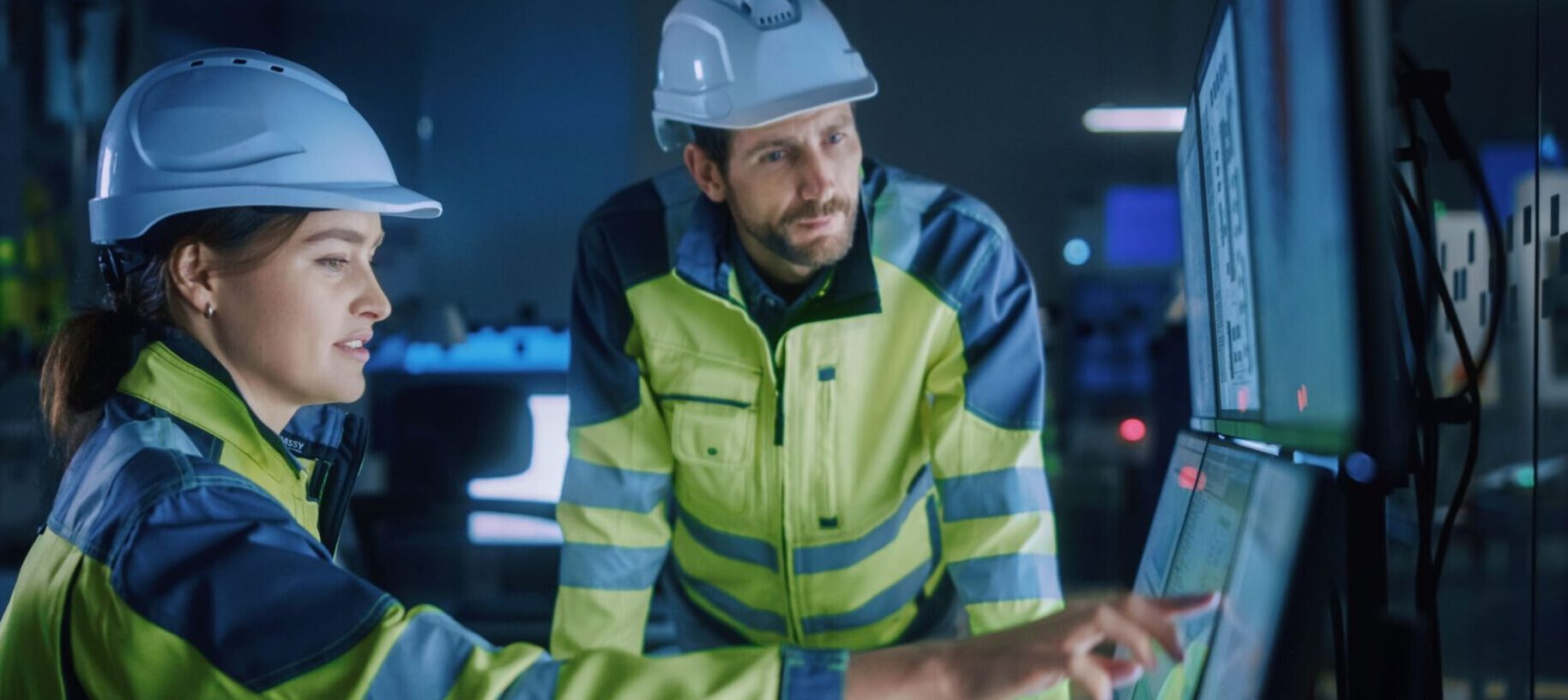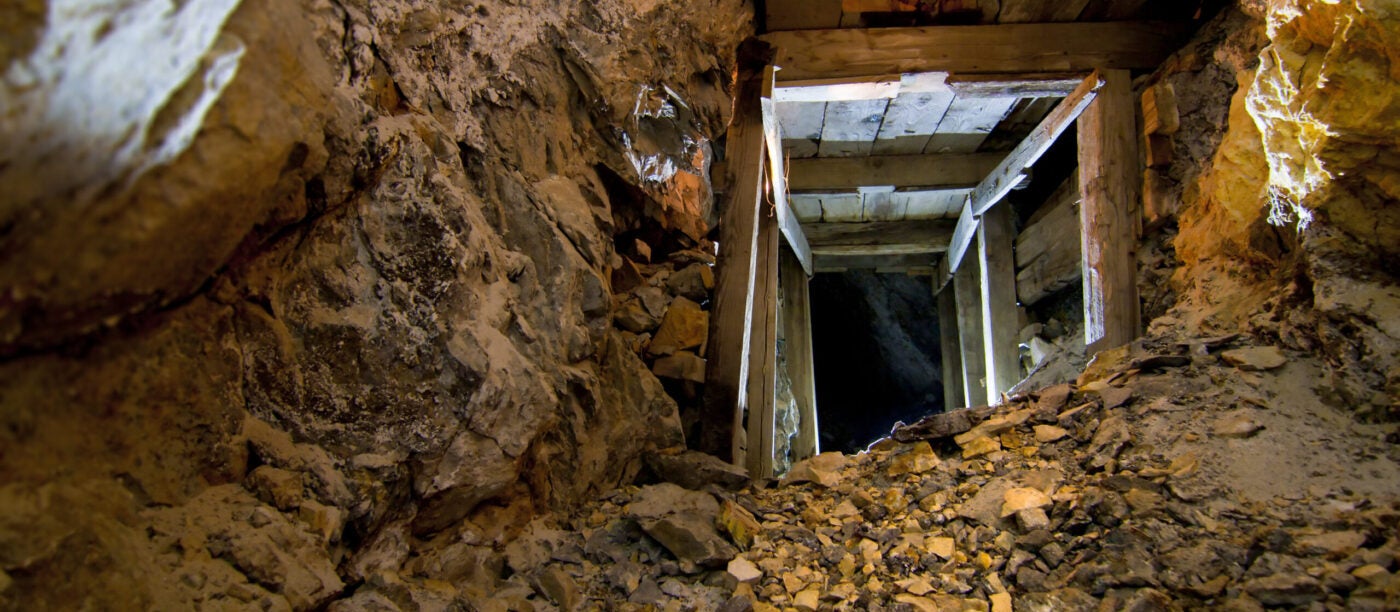
Offshore Gas Detection Equipment
According to the Bureau of Safety and Environmental Enforcement (BSEE), 33 offshore oil rigs exploded in the United States between 2007 and 2018. One of the most well-known disasters was the explosion of Deepwater Horizon, which resulted in 11 rig workers losing their lives and the largest oil spill in history.
Offshore gas detection can help oil companies to identify problems early in order to find and repair issues quickly, significantly reducing the risk of leaks that could lead to a major accident or hazard. The first step to keeping workers and oil rigs safe is finding the right equipment, so Carroll Technologies works with offshore sites to find the most suitable gas detection devices on the market.
Offshore Gas Detection Devices
Toxic, combustible or volatile gases can all pose risks to workers, as well as organisms living in the surrounding area. Offshore gas detectors must be able to provide accurate readings despite high moisture or high temperatures, so Carroll Technologies has searched the market to find the best quality gas detection equipment for industries that operate in adverse environments.
According to Carroll Technologies president Allen Haywood: “Our handheld gas detection for mines and tunnelling are provided by MSA, the world’s leading manufacturer of high-quality safety products and gas detection system solutions.
The Altair 4X from MSA is a rugged and durable gas detector that can measure up to four gases simultaneously from a range of XCell(R) sensor options, such as combustible gases, H₂S, O₂, CO, NO₂ and SO₂. This device has a four-year sensor life, as well as a 24-hour run time.
The Altair 5X multigas detector is capable of measuring up to six gases simultaneously and is available with an integrated photoionization detector (PID sensor) for VOC detection. MSA’s XCell Sensor Technology delivers industry-leading response times, accuracy, and a long service life.
The handheld device’s MotionAlert feature informs other workers if the user becomes immobile, and the InstantAlert manual alarm warns others of potential danger. Its rugged casing enables the device to withstand a fall up to 20ft.
Carroll Technologies is a factory authorized repair and certification centre for MSA gas detection equipment and its MinerCare service encompasses technical support, an extensive spare parts inventory and rapid response to mine emergencies.
The MSA Altair 4X and Altair 5X are available from Carroll’s online mining store, along with a range of other MSA products, including safety glasses, hard hats and self-rescuer respirators.


